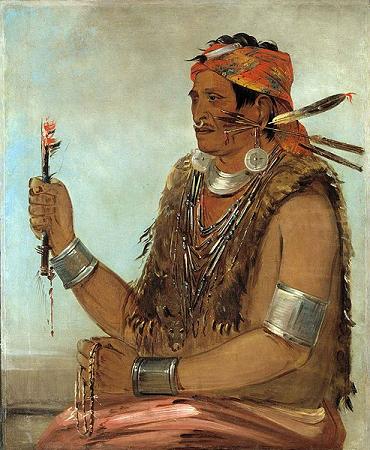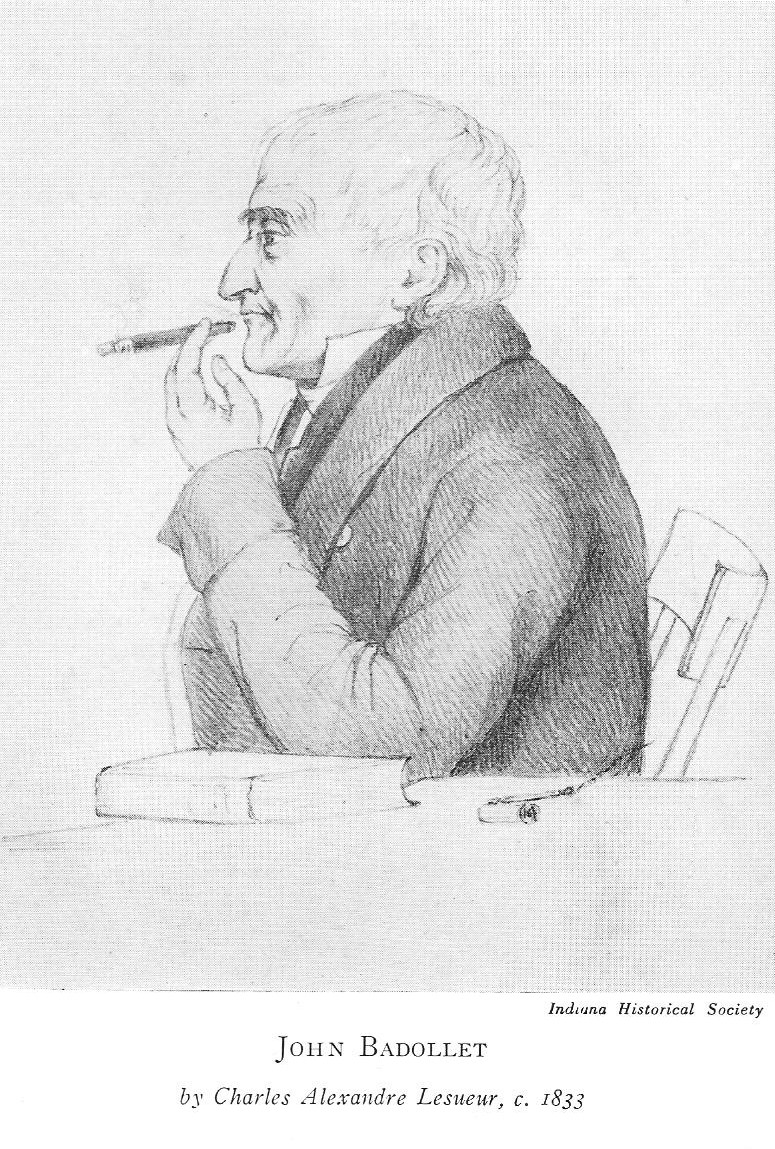

Many American families claim with pride to have some Native American heritage in their family tree. Yet many of us must rely solely on our family’s oral history to support the claim. My family and I are in that club.
Dad, like many parents, taught us to keep quiet if we did not have anything good to say about someone. And, sadly, dad never spoke about his own parents or upbringing.
Other relatives, however, sometimes said that we had Indian blood in us on dad’s side— and from not too far back! Though I cannot prove it, I still hope that it’s true.
On Mom’s side, family history was well-known going back many generations. She dutifully recited her lineage to my Irish-American grandfather.
“Irish, Scottish, English, French and German,” Mom would say.
“Very good,” Grandpa replied, “But where’d you get the English!”
Grandpa was joking about Grandma’s English heritage that she got from her father, a Howell. But Grandma was also part Irish and her grandfather’s name was Badollet.
That is where the French (and Swiss) lineage flows. This part of my family history is also the source of some “Indian” heritage of a different sort. And this history makes me just as proud as I could ever be, even if my Dad’s father had been a full-blood Sioux or Salish or Wabash or a chief of the Cherokee Nation.
My ancestor John Badollet emigrated from Geneva to America in 1786. His life-long friend Albert Gallatin[1] preceded him. His friend would serve as Secretary of the Treasury for Presidents Jefferson and Madison. John Badollet became a land agent in Indiana. The two friends corresponded throughout their lives, and their letters of 1804-1836 are published in the Indiana Historical Publications, volume 22.[2]
These letters tell quite a tale. Here are passages[3] that make be proud to be part French by blood and part Indian by empathy and by a hopeful self-identity.
“We are in a singular and awful situation,” Badollet wrote, “The warlike attitude of the Governor[4] [Wm. H. Harrison] and the fears he has excited throughout this county—are such that a spark may produce an Indian war, some fearless man may believe that by shooting an Indian he’ll perform a deed of heroism and by exciting retaliation kindle a general conflagration. Those who see more deeply in those matters, remain persuaded that all this bustle is owing to the late treaties, which have excited a general discontent amongst the Wabash Tribes.”
Badollet continues: “Much is said about the Shawnee Prophet[5] [Tenskwatawa] & many bloody views are ascribed to him, but the discerning are not so ready to grant an implicit credit to them… His views as far as I can see, appear to be to unite the Indians, to prevent their extinction and to make a nation of them dependent on themselves.”
After noting the growing military presence around the Indian’s boundary, Badollet concludes: “The Indians are in dismay. God grant that fear may not precipitate them into desperate measures— The brother of the Prophet [Tecumseh[6]] told the Gov’r that he would himself go to the President and lay the Indian’s grievance at his feet, from such a step the Governor had every thing to fear and I venture to foretell, that means will be found to stop him…. In the name of God, let the Government direct an inquisitive eye toward this man [Gov. Harrison] and our situation, we are on the brink of a precipice.”
Now the history has been written. The story is played out.
The Prophet, in Tecumseh’s absence, led his confederation to fire the first shots at Tippecanoe and to win the first skirmish—only to be defeated in the aftermath. He lived out his life seeking to gain a position of leadership within his people once more. But his time had passed.
John Badollet helped Indiana to become a Free State. He lived a long life and had many children—naming one of them Albert, for his friend and countryman, Gallatin.
Tecumseh was killed in the Battle of the Thames in the War of 1812—while fighting for the British.
William Henry Harrison became President.
So long ago, to “hear” the words of those so long ago—family, historical figures—the reading of the words brings them so close, so near—the time loses its meaning, and the sentiments, they are magnified.
Badollet and the Prophet, in their day and in their ways, they called for peace.
Images: The Prophet (Tenskwatawa, 1768-1836)[7] and John Badollet (1757-1837)[8]
[1] See: http://www.treasury.gov/about/history/Pages/agallatin.aspx
[2] See: http://scholarworks.iu.edu/journals/index.php/imh/article/view/9033/11779
[3] Badollet to Gallatin, Vincennes September 25, 1810
[4] See: http://www.indianahistory.org/our-collections/reference/notable-hoosiers/william-henry-harrison#.VHop5GchOYk about William Henry Harrison, Indiana Terr. Governor, victor at Tippecanoe
[5] See: http://www.ohiohistorycentral.org/w/Tenskwatawa?rec=312 about Tenskwatawa, called “Prophet”
[6] See: http://www.history.com/topics/native-american-history/tecumseh - Tecumseh: humanitarian & warrior
[7] See: http://commons.wikimedia.org/wiki/File:Ten-sq%C3%BAat-a-way.jpg – Public Domain in U.S.; portrait believed to be by George Catlin at Fort Leavenworth
[8] From The Correspondence of John Badollet and Albert Gallatin 1804-1836, edited by Gayle Thornbrough